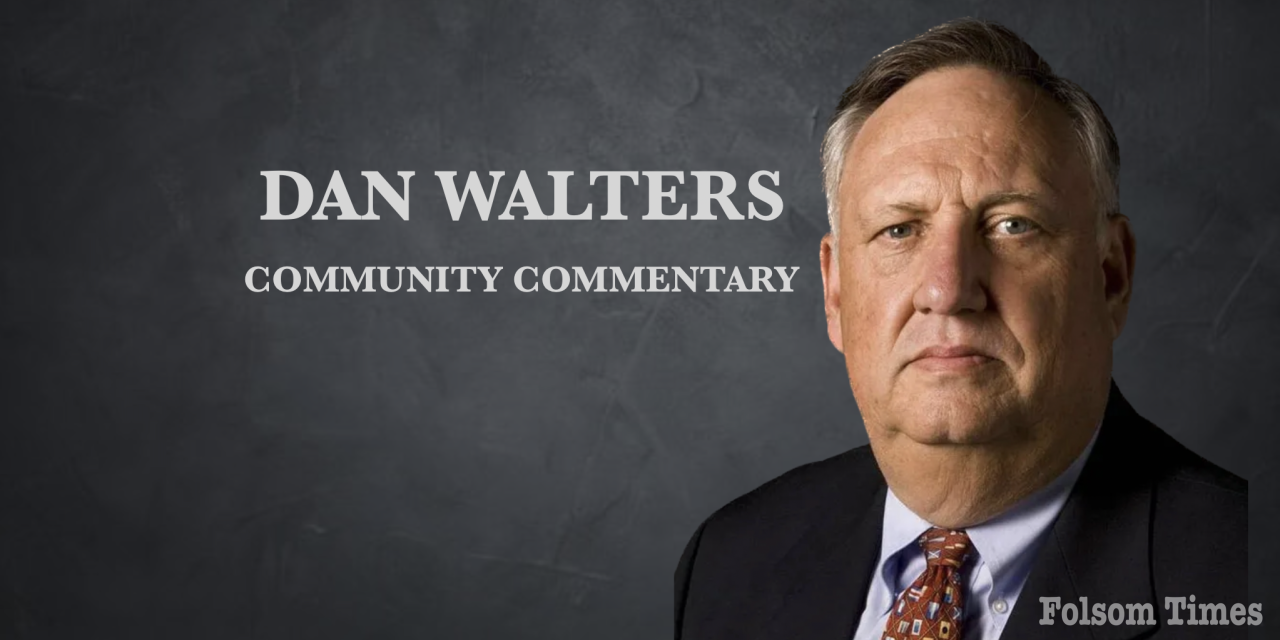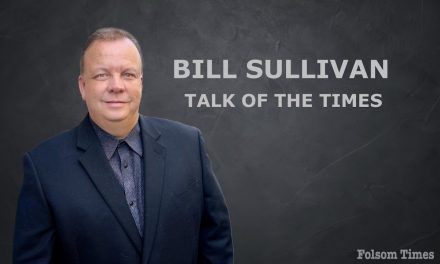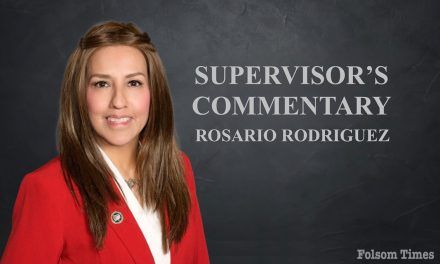Millions of Americans watched last weekend as NFL teams played the final games of their regular season. California fans were treated to the much-anticipated finale between the San Francisco 49ers and the Los Angeles Rams, and during commercial breaks they were also exposed to ads from two state law enforcement agencies.
Despite offering six-digit starting salaries, the California Department of Corrections and Rehabilitation, which operates prisons, and the California Highway Patrol are having great difficulty filling vacancies and are using TV ads to recruit new officers. They are not alone.
Throughout California, public agencies and private employers are contending with an endemic lack of workers of all kinds, from unskilled to highly educated.
School districts can’t hire enough teachers, hospitals are chronically short of nurses, state and local law enforcement agencies have vacancies they cannot fill, construction companies are begging for skilled tradesmen, and even fast food outlets can’t find enough workers despite offering as much as $20 an hour.
The shortages persist even though California has nearly a million unemployed workers, according to a new report from the Employment Development Department, and its 4.9% jobless rate is the highest of any state.
California’s worker shortage is a manifestation of interacting economic and social trends that emerged during and after the COVID-19 pandemic.
As Gov. Gavin Newsom shut down much of the state’s economy four years ago to battle the dreaded disease, upwards of 3 million Californians suddenly lost their jobs.
California’s unemployment rate skyrocketed to more than 16%, displaced workers scrambled to keep roofs over their heads and food on their tables, and what had been a trickle of Californians departing to other states became a river.
When businesses reopened, they found that many of their workers had either dropped out of the labor force or migrated elsewhere, leaving jobs that went unfilled.
California’s sharp drop in population over the last few years has also meant a sharp drop in the number of Californians who are working or available for work. “Since February 2020, the state’s labor force has contracted by 240,200 workers, a 1.2% decline,” Beacon Economics notes in its analysis of EDD’s latest jobs report.
California’s labor force participation rate – the percentage of working-age adults either working or available for work – is scarcely 60%, which is mediocre at best and well under the 70% rates in some other states.
One obvious circular impact is on California’s chronic shortage of housing, which drives housing costs upward and indirectly entices California workers to migrate to states that have much lower housing costs. The strident efforts of state officials to increase homebuilding collide with a shortage of skilled construction workers.
During its period of high population growth after World War II, California could fill its need for teachers, nurses and other skilled workers by recruiting in other states, particularly those with harsh winters.
That’s no longer true, simply because living costs in California – particularly for housing – are so high. If anything, California is hemorrhaging well-educated and/or skilled workers to other states, as the latest analyses of migration data indicate.
The worker shortage negatively affects the state’s overall economy since employers are less likely to expand their operations. One factor in the state’s multibillion-dollar budget deficit is the decrease in upper-income taxpayers who are the mainstays of the state’s revenue system.
California already has too many existential issues, but a chronic shortage of workers must nevertheless be added to the list. As the final cohort of Californians born during the post-World War II baby boom reaches retirement age, the shortage could become even more acute.
Dan Walters is a journalist and author who writes commentary for CALmatters.org, a nonprofit, nonpartisan media venture explaining California policies and politics. Folsom Times is an authorized CalMatters media partner in an effort to keep our local community




